The Clean & Jerk
Personally, I was introduced to the benefits of barbell lifts early on. My strength and conditioning coach in high school drilled us in four basic lifts; the back squat, deadlift, bench press and the power clean. For my coach, and I imagine for many performance coaches, not all lifts are created equal. For us, the back squat (or simply the squat, since there were no variations) was king. In fact, we had a poster in front of our squat rack which read, “The Squat: The King of Lifts.” The poster went on to list some reasoning for that bold assertion that I can no longer remember. For whatever reason, the “king of lifts” moniker stuck with me. In addition to that poster, we had “lift total” posters around the weight room. Guys who could squat, deadlift and bench press a certain total would get their names under that total poster (i.e., “1000 pound club). You might have noticed that the power clean didn’t make the cut.
As I began exploring Olympic lifting, I started learning more and more about the fallacy of that old way of thinking. As explained in my Snatch article, the Olympic lifts have been proven to be far superior to the classic “power lifts” (back squat, deadlift and bench press) in improving athletic performance. Contrary to my coach, Bob Takano, CSCS, USAW, considers the clean and jerk the single best exercise. According to Takano, “the clean and jerk works a very high percentage of the skeletal musculature of the body in an athletic synergistic manner. If there were a single exercise to select to build training program around it would have to be the clean and jerk.”
For many, the clean and jerk is considered by many to be superior to the snatch for building performance for one simple fact; a well- balanced lifter can clean and jerk approximately 120% of their snatch. Heavier weight equals better results.
How to perform the clean and jerk:
The clean and jerk is broken into two parts (you guess it – the clean and the jerk). Don’t get confused though, it is still classified as one lift. The clean portion begins with a grip that is a little wider than shoulder width. The pull almost mimics a deadlift, but it is not technically a deadlift. The barbell will proceed up the body until it reaches about mid-thigh for some (this is dependent on the size of the lifter.) At this point, the lifter will extend his body (triple extension) propelling the barbell upwards. As the bar is moving upwards, the lifter will descend underneath the barbell and flip the wrists so the arms are almost parallel to the floor. The bar will then be racked across the clavicles and shoulders and will create what is referred to as a “shelf” for the bar. The lifter will be in a front squat position and they will stand up with the barbell. That completes the clean portion of the lift.
The jerk immediately follows the clean. The lifter will bend their knees and dip and then straighten their legs, propelling the barbell upwards. The lifter will push slightly with their arms and will be also pushed underneath the bar. The slight arm push is responsible for pushing the lifter underneath the barbell along with the lunging of the legs for the split jerk. There are numerous types of jerks: the split jerk, the power jerk, and the squat jerk. The most common type of jerk is the split jerk. Regardless of which version of jerk the lifter uses, the lifter has to hold the barbell overhead with locked arms.
Benefits:
Many of the benefits gained by performing the clean and jerk are similar to those that would be gained by performing any of the Olympic lifts. However, since the clean and jerk is generally performed at a heavier load, those benefits are enhanced. For those of you who have not read the snatch article, here is a quick synopsis of some of the benefits you can expect from the clean and jerk:
- Injury prevention
- Shoulder stabilization
- Core strength is enhanced
- Muscular synergy is enhanced
- Heightened explosiveness (neural adaptations)
- Power output is enhanced (muscular adaptations)
- Increased athleticisms
- Bone Mineral Density is increased
Wil Fleming, author of Complete Olympic Lifting, has identified three main benefits targeted by the Clean and Jerk:
- Balance Explosive Qualities: As the power clean is to hip dominant movement, the jerk is to quad dominant movement. There is very little hip hinging that goes along with the jerk, so athletes that do the jerk will gain power and explosive ability in quad dominant movement to balance themselves out.
- Upper Body Strength: Even though much of the movement is generated and created by the lower body, it takes a lot of strength to hold heavy weights overhead. By explosively moving the bar overhead, athletes will need to be required to stabilize and support rather than just push, but will still create greater upper body strength.
- Single Leg Strength: Landing in the split position requires great stability in the lead leg, similar to the striking of the foot to the ground while in sprinting. Single leg strength and stability is often the limiting factor for athletes looking to get faster and even stronger in bilateral stance (like the squat).
By: Reuben Pearlman
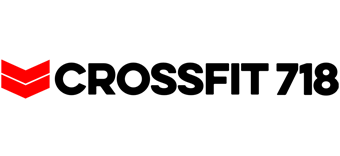

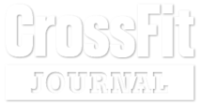
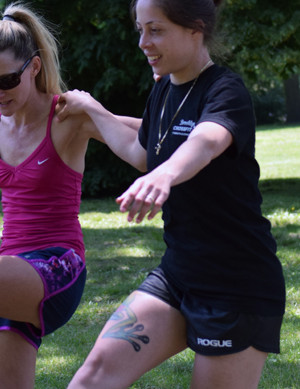
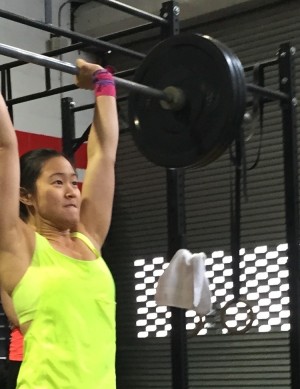
Leave a Reply
Want to join the discussion?Feel free to contribute!